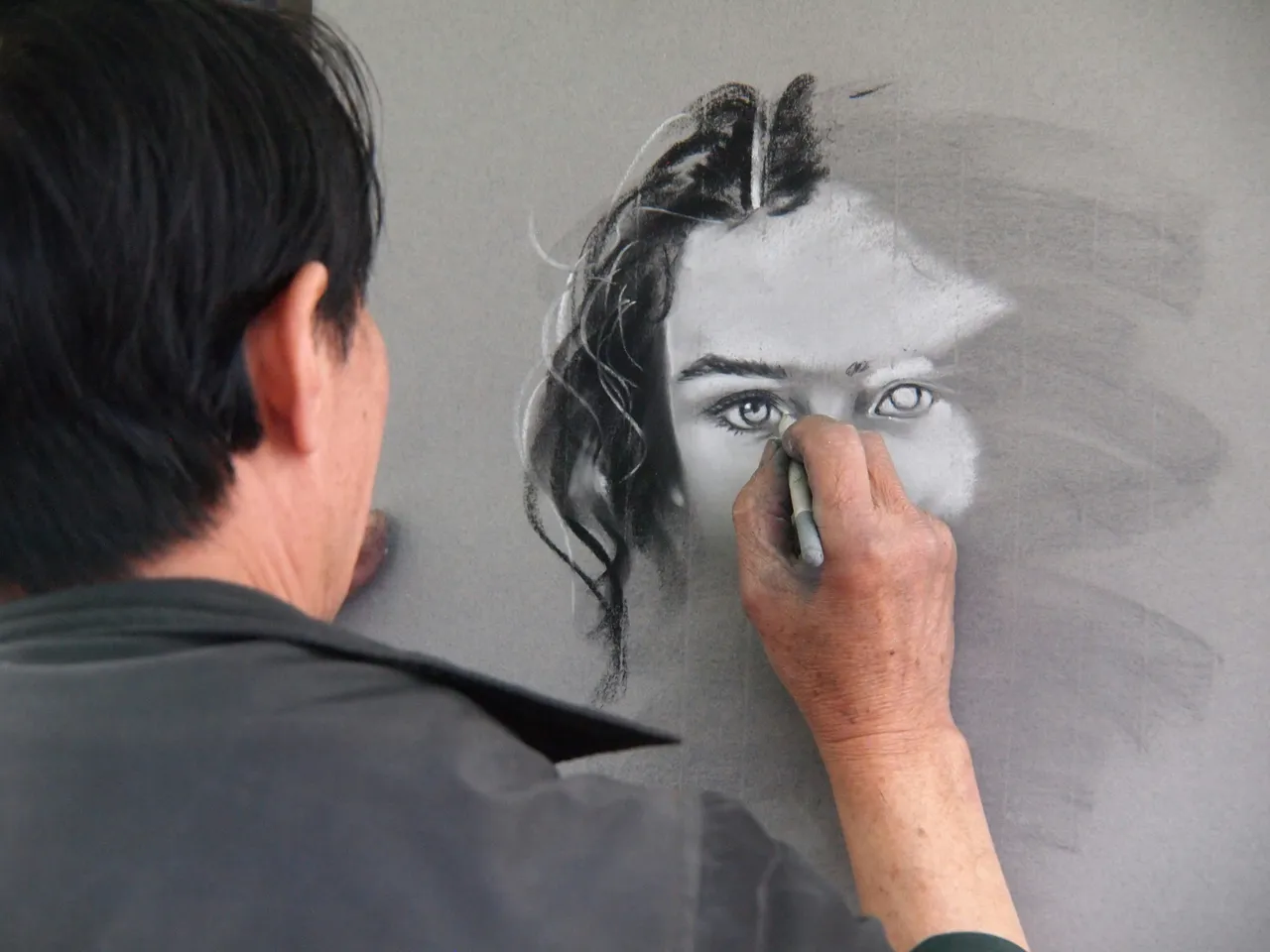
Image info
Art and Activism: Using Creative Platforms to Address Environmental Issues
Art is a powerful way to express ideas, and its role in activism, especially for the environment, is growing. Artists are using their creativity to inspire change, provoke thought, and spark conversations about important environmental issues. Through various creative platforms, they raise awareness and encourage communities to take action. This article explores how art and activism connect, highlighting key movements, impactful projects, and the important role of storytelling in environmental advocacy.
The Eco-Art Movement
The eco-art movement blends art and activism, where artists address environmental challenges through their work. Eco-art focuses on ecological sustainability and often uses natural materials or themes related to the environment. For example, many eco-artists create installations that show the beauty and fragility of nature, inspiring viewers to think about their impact on the planet. Projects like the Eco-Art Exhibition show how artists engage audiences and spark discussions about ecological issues. Additionally, the EcoArtSpace provides a platform for artists dedicated to environmental themes, enhancing the movement's visibility.
Challenges of Eco-Art
Despite its positive impact, the eco-art movement faces challenges. One significant issue is the potential for commodification, where art becomes a product rather than a means of activism. This can dilute the message and purpose of eco-art. Additionally, some corporations may engage in "greenwashing," using artistic representations of environmental themes to distract from their unsustainable practices. This raises questions about the authenticity of the messages conveyed through eco-art.
Storytelling Through Visual Arts
Storytelling is a strong tool in environmental art. Artists use narratives to convey the urgency of climate change and inspire community action. For instance, the article Climate Change Art: The Power of Storytelling For Advocacy explains how visual storytelling can evoke emotional responses, making complex environmental issues easier to understand. By showing the realities of climate change, such as rising sea levels and extreme weather events, artists create a sense of urgency that motivates audiences to engage with these important issues.
Community Engagement and Collaboration
Art connects individuals and communities, fostering dialogue and collaboration. Organizations like the Gallery Climate Coalition promote environmental responsibility within the arts community, showing how institutions can advocate for sustainable practices. Community art projects often involve local residents in the creative process, empowering them to express their concerns and aspirations regarding environmental issues. This collaborative approach amplifies voices and strengthens community bonds, creating a shared commitment to sustainability. For example, the "Community Murals" project in various cities has successfully engaged residents in environmental themes, resulting in impactful public art that resonates with local communities.
Street Art as a Medium for Activism
Street art has become a dynamic and accessible form of environmental activism. By placing urgent climate messages in public spaces, street artists make these issues part of everyday conversations. The article Street Art and Environmental Activism: Paving the Way for Sustainability highlights how street art can amplify environmental messages, engaging a wide audience and sparking discussions about climate change. Through murals, graffiti, and installations, street artists challenge viewers to confront the realities of environmental degradation and consider their role in advocating for change. This form of art makes environmental messaging accessible to everyone.
Contemporary Artists Leading the Charge
Many contemporary artists are at the forefront of environmental activism, using their platforms to confront climate change in innovative ways. The article 9 Artists Confronting Climate Change showcases various creatives who address environmental concerns through their artwork. For instance, artist Olafur Eliasson creates immersive installations that highlight the effects of climate change, prompting viewers to reflect on their relationship with the environment. These artists use diverse mediums, from painting and sculpture to digital art, to communicate their messages and inspire action. Their work raises awareness and encourages audiences to envision a more sustainable future.
Art as a Tool for Environmental Justice
Art plays an important role in addressing equity in environmental advocacy. The intersection of art and environmental justice is explored in the Stanford article Art as a tool for environmental justice, which discusses how community art projects can empower marginalized voices and challenge dominant narratives. By engaging communities in the creative process, artists can highlight social and environmental injustices, fostering a deeper understanding of these interconnected issues. For example, projects like "The People's Climate March" incorporate art to raise awareness about environmental justice, emphasizing the importance of inclusivity in environmental advocacy.
Conclusion
The intersection of art and activism, especially regarding environmental issues, shows the power of creativity in driving change. Through eco-art, storytelling, community engagement, and innovative practices, artists are reshaping how individuals and communities think about and respond to environmental challenges. As we navigate the complexities of climate change, the role of art in inspiring action and fostering dialogue becomes increasingly vital. By engaging with art and activism, we can all contribute to a more sustainable future. Consider participating in local art projects or advocating for environmental causes to make a difference. You can start by exploring local art initiatives or joining community events focused on sustainability. Together, we can harness the power of art to create a positive impact on our environment.
This article was developed using available sources and analyses through an automated process. We strive to provide accurate information, but it might contain mistakes. If you have any feedback, we'll gladly take it into account! Learn more

